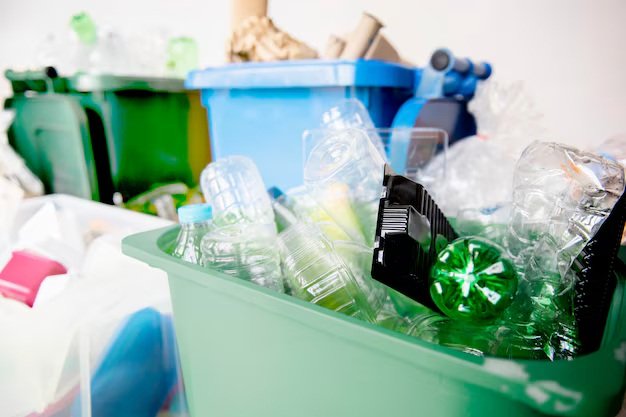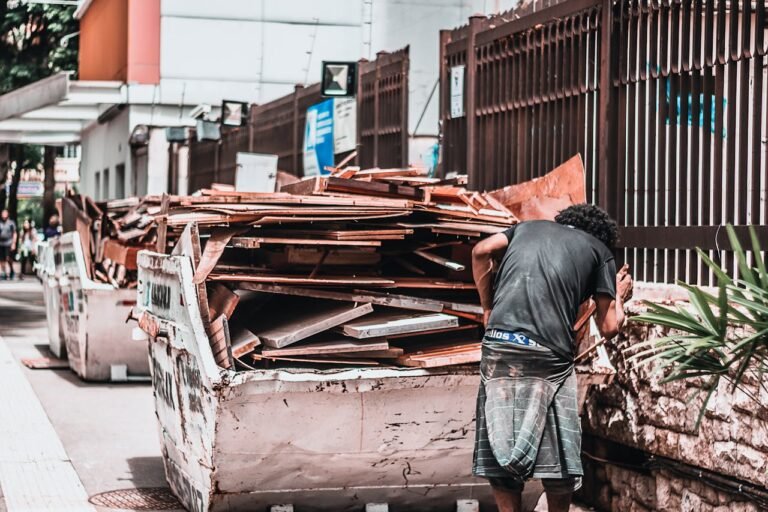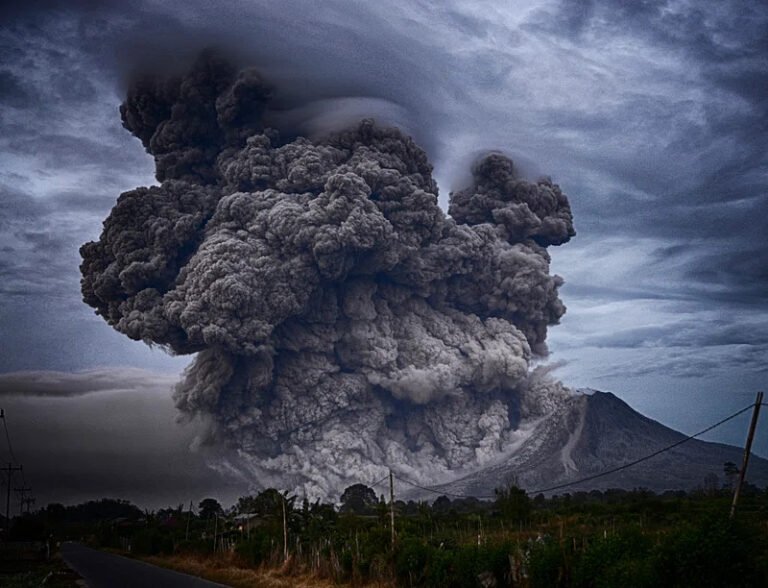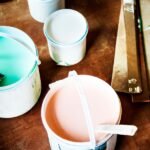What is the Great Pacific Garbage Patch?
You don’t have to be an oceanographer to realise that our oceans are in trouble. Every year, millions of tons of plastic waste enter marine ecosystems, leading to devastating effects on wildlife and coastal communities. Perhaps the most alarming manifestation of this crisis is the Great Pacific Garbage Patch (GPGP), a massive accumulation of floating debris located between Hawaii and California.
Recent studies have revealed that the GPGP spans approximately 1.6 million square kilometres—an area twice the size of Texas—and contains an estimated 1.8 trillion pieces of plastic, weighing around 80,000 metric tons. This concentration of plastic has been increasing exponentially since the 1970s, posing significant threats to marine life and the broader ecosystem.
Understanding the origins, composition, and impacts of the GPGP is crucial for developing effective strategies to combat oceanic plastic pollution. In this guide, I will provide a comprehensive overview of the GPGP, including its formation, the science behind its accumulation, its environmental consequences, and potential solutions to address this pressing issue.
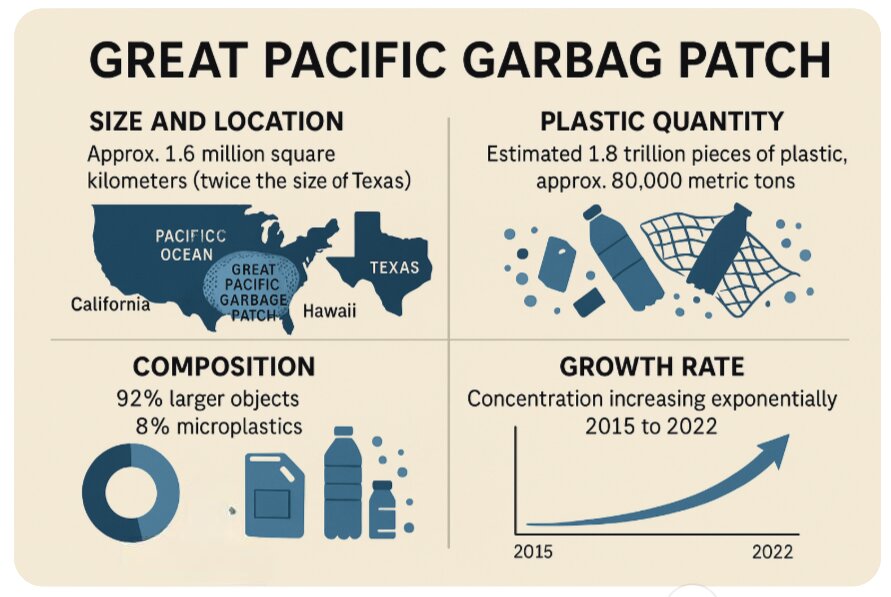
In This Article
- What Is the Great Pacific Garbage Patch?
- Where Does All the Trash Come From?
- Real Lives, Real Impact
- How It Affects Marine Life
- Can It Be Cleaned Up?
- Challenges in Tackling the Patch
- What You Can Do: Practical, Personal Action
- Conclusion
What Is the Great Pacific Garbage Patch?
The Great Pacific Garbage Patch is the largest accumulation of ocean plastic in the world, situated in the North Pacific Ocean between Hawaii and California. Contrary to popular belief, it is not a solid island of trash but a vast area where plastic debris is dispersed throughout the water column. The GPGP is held in place by the North Pacific Subtropical Gyre, a system of circulating ocean currents that trap floating debris.
Key Facts About the GPGP:
- Size and Location: The GPGP covers an area of approximately 1.6 million square kilometres, making it twice the size of Texas.
- Plastic Quantity: It contains an estimated 1.8 trillion pieces of plastic, with a total weight of around 80,000 metric tons.
- Composition: About 92% of the mass is represented by larger objects, while microplastics (pieces smaller than 5 mm) constitute 8% of the mass but account for the vast majority of the total piece count.
- Growth Rate: The concentration of plastic in the GPGP has been increasing exponentially over the past few decades, with significant rises observed between 2015 and 2022.
The GPGP’s formation is primarily due to the North Pacific Subtropical Gyre, which acts like a giant whirlpool, pulling in floating debris and trapping it in a swirling vortex. This gyre is one of five major oceanic gyres worldwide, all of which have similar garbage patches, though the GPGP is the largest and most studied.
Where Does All the Trash Come From?
While it’s true that land-based sources like urban runoff and poor waste management contribute significantly to marine debris, the story of the GPGP has an unexpected twist.
Recent research reveals that a staggering 75% to 86% of the plastic in the GPGP comes from fishing and aquaculture activities at sea. Items like discarded nets, ropes, buoys, and crates make up the bulk of this debris. These materials are often lost or abandoned during fishing operations, and due to their design, they persist in the marine environment for decades.
Delving deeper into the origins of this fishing gear, studies have identified that the majority originates from industrialised fishing nations, notably the United States, China, Japan, and countries on the Korean Peninsula. These nations, with their extensive offshore fishing operations, inadvertently contribute a significant portion of the waste found in the GPGP.
It’s also worth noting that while river-borne plastics are a major source of ocean pollution globally, the dynamics of the GPGP are unique. Plastic waste lost at sea has a higher likelihood of accumulating in this area due to ocean currents and wind patterns, leading to a pronounced concentration of fishing-related debris.
Real Lives, Real Impact
A Story from Midway Atoll
In 2009, photographer Chris Jordan visited Midway Atoll, a remote island in the Pacific Ocean. There, he documented a heartbreaking scene: countless dead albatross chicks with stomachs full of plastic debris. These chicks had been fed items like bottle caps, cigarette lighters, and toothbrushes by their parents, who mistook the plastic for food. Tragically, the chicks died from starvation, toxicity, or choking. Jordan’s poignant images brought global attention to the dire consequences of plastic pollution on marine life.
Fishermen’s Perspective
Fishermen operating near the GPGP have also felt its impact. Luis Morales, a fisherman from Baja California, shared his experience:
“I’ve pulled up nets full of jellyfish—and plastic bags. You can’t tell the difference anymore. Sometimes we hook garbage instead of fish.”
This contamination not only hampers their catch but also poses threats to marine ecosystems and their livelihoods.
Ocean Cleanup Crew’s Testimony
Teams dedicated to cleaning up the GPGP frequently encounter distressing scenes. Jenny, an engineer with The Ocean Cleanup project, recounted a particularly harrowing incident:
“We once retrieved a 10-meter fishing net tangled with sea turtles. One was already dead. That moment broke me. We have to act now.”
How It Affects Marine Life
- Ingestion: Many marine animals mistake plastic pieces for food. Sea turtles, for instance, often confuse plastic bags for jellyfish, one of their primary food sources. Consuming plastic can lead to malnutrition, intestinal blockages, and even death. A report by the WWF highlights that approximately 700 marine species have been affected by plastic pollution, with ingestion being a significant factor.
- Entanglement: Discarded fishing nets and lines, often referred to as “ghost gear,” drift through the oceans, ensnaring unsuspecting creatures. Dolphins, seals, and seabirds can become entangled, leading to restricted movement, injury, or drowning. The same WWF report emphasises the widespread nature of this issue, affecting numerous marine species.
- Habitat Disruption: Floating plastics can serve as rafts for invasive species, allowing them to travel across oceans and disrupt local ecosystems. This unintended transport can lead to the displacement of native species and the alteration of habitats.
- Toxicity: Over time, plastics break down and release harmful chemicals into the water. These toxins can be absorbed by marine organisms, entering the food chain and potentially impacting human health. Research indicates that microplastics have been found in various marine species, raising concerns about bioaccumulation and toxicity.
Microplastics: The Invisible Menace
Beyond the larger debris, microplastics—particles smaller than 5mm—pose an insidious threat. They result from the degradation of larger plastic items or are manufactured as microbeads, which were previously common in cosmetics. These tiny particles have infiltrated various levels of the marine ecosystem:
- Plankton: As the foundation of the marine food web, plankton ingests microplastics, which can then transfer up the food chain. A comprehensive review in Science of the Total Environment discusses the multifaceted threats microplastics pose to plankton and subsequent marine life.
- Fish and Seafood: Microplastics have been detected in the tissues of various fish and seafood species consumed by humans. A study highlighted by Portland State University found microplastics in a significant portion of seafood samples tested.
- Sea Salt and Bottled Water: Investigations have revealed microplastic contamination in common consumables like sea salt and bottled water, indicating the pervasive nature of this pollutant. The National Centres for Environmental Information notes the widespread presence of microplastics in these products.
The infiltration of microplastics into our food and water sources has direct implications for human health. A study by Cox et al. estimated that individuals might consume between 39,000 and 52,000 microplastic particles annually, depending on age and sex. This estimate increases when considering inhalation and other exposure routes.
Learn More: The 5 Oceans of the World & How We Can Protect Them
Can It Be Cleaned Up?
The Ocean Cleanup Project
Founded by Boyan Slat, The Ocean Cleanup is a nonprofit organisation dedicated to developing advanced technologies to rid the world’s oceans of plastic. In 2021, they introduced “System 002,” affectionately nicknamed “Jenny.” This system successfully extracted over 100,000 kilograms of plastic from the GPGP, demonstrating the potential of large-scale cleanup operations.
Fishing for Litter Programs
Organisations like Healthy Seas are turning problems into solutions by collaborating with fishermen to retrieve abandoned fishing nets, often referred to as “ghost nets.” These recovered nets are then recycled into high-quality materials used in products like socks and carpets, effectively transforming waste into valuable resources.
Community-Led Efforts
Grassroots movements play a crucial role in combating ocean pollution. For instance, the Ocean Blue Project engages local communities in beach and river cleanups, fostering a collective sense of responsibility for our waterways. These initiatives not only remove trash but also raise awareness about the importance of preventing waste from entering the ocean in the first place.
Challenges in Tackling the Patch
Despite these commendable efforts, cleaning up the GPGP is fraught with challenges:
- Sheer Size and Dispersion: The GPGP spans an area twice the size of Texas, with debris scattered across the surface and extending into deeper waters, making cleanup operations logistically complex.
- Microplastics: A significant portion of the debris consists of microplastics—tiny fragments less than five millimetres in size. Removing these without harming marine life, particularly plankton, is a delicate task.
- Constant Input: New plastic waste continues to enter the oceans daily. As Boyan Slat aptly noted, “We need to close the tap, which means preventing more plastic from reaching the ocean in the first place.”
What You Can Do: Practical, Personal Action
Reduce Plastic Use
One of the most effective ways to combat plastic pollution is by minimising our reliance on single-use plastics. Opt for reusable bags, bottles, and containers. Avoid products containing microbeads, as these tiny plastics often end up in our waterways. By saying no to single-use plastics, we can collectively decrease the demand for these products, leading to reduced production and waste.
Support Clean-Up Initiatives
Organisations like The Ocean Cleanup and Ocean Conservancy are at the forefront of removing plastic from our oceans. In 2024, The Ocean Cleanup removed over 10 million kilograms of plastic from the GPGP. Supporting these initiatives through donations or volunteering can amplify their impact.
Spread Awareness
Sharing information is powerful. Documentaries such as A Plastic Ocean and The Story of Plastic shed light on the severity of plastic pollution. By educating our communities, especially the younger generation, we foster a culture of environmental responsibility.
Push for Policy Change
Advocating for policies that address plastic pollution can lead to systemic change. Supporting measures like extended producer responsibility (EPR) ensure that manufacturers are accountable for the entire lifecycle of their products. Backing bans on single-use plastics and promoting investment in waste management infrastructure can significantly reduce the amount of plastic entering our oceans.
Conclusion
The Great Pacific Garbage Patch isn’t just an environmental anomaly—it’s a reflection of our consumption habits, waste systems, and global priorities. But change is possible. As someone who has seen it firsthand, I can tell you that the ocean doesn’t need us to save it—it needs us to stop harming it.
Let this guide serve not just as information but as inspiration. Because the moment we take personal responsibility, the tides can begin to turn.

